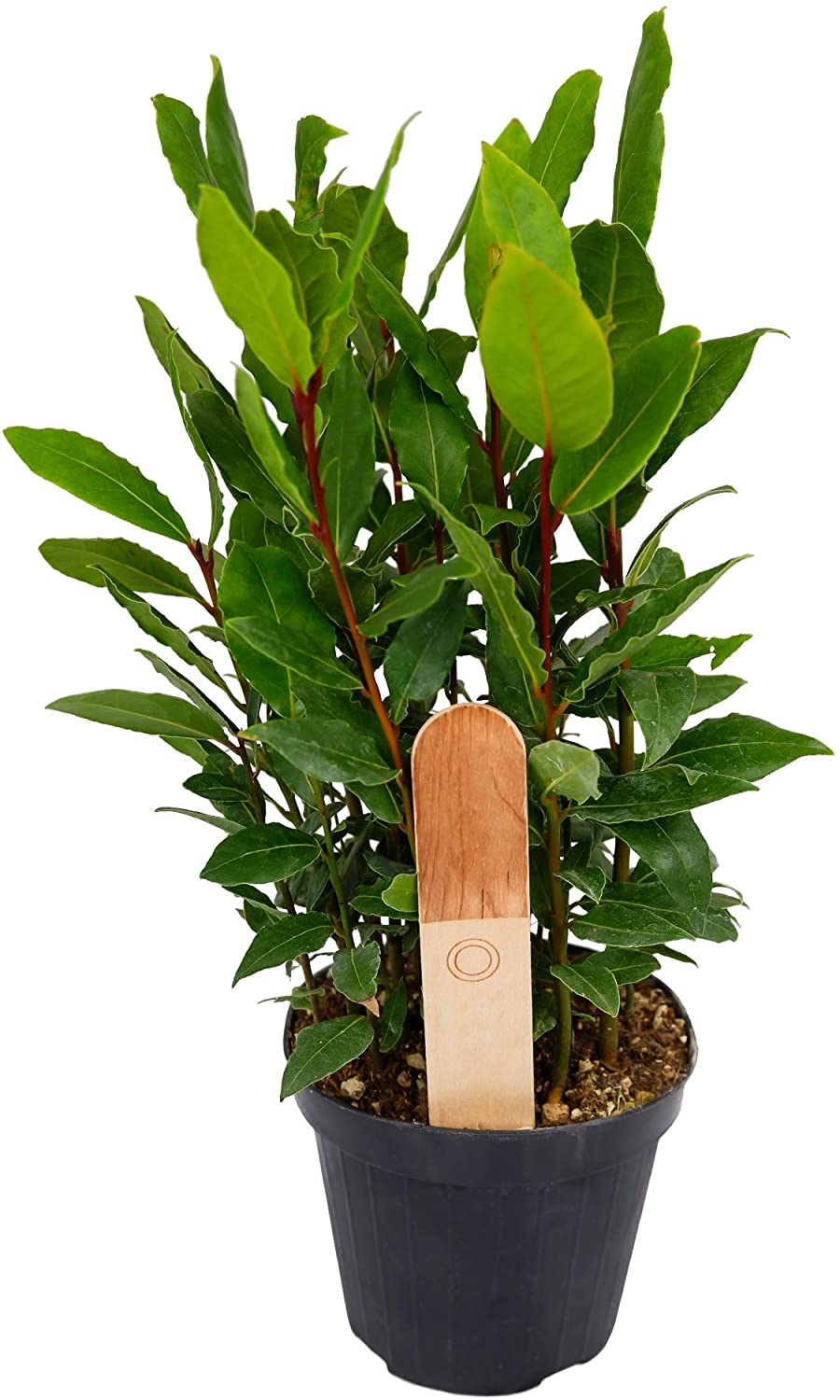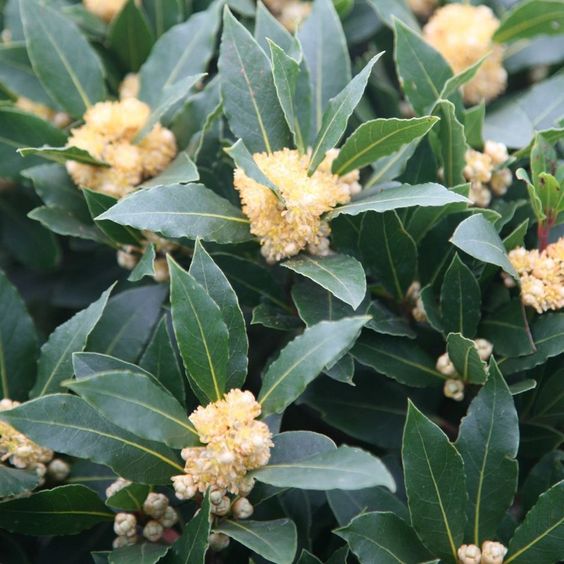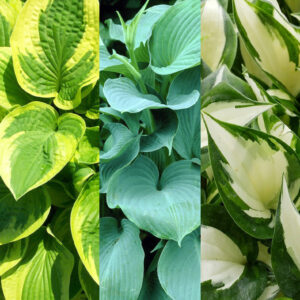Bay Tree – Laurel Bush 14cm Pot
0 reviews
Laurus Nobilis herb for growing
- This comes potted in a 14cm pot.
- Evergreen shrubs and trees in the Lauraceae family, native to the Mediterranean basin and some Atlantic islands.
- PERFECT FOR POTS - In recent years, bay trees have become a popular choice for formal pot displays.
- SACRED PLANT - Bay Laurel was considered a sacred plant to the Greeks and Romans. Trees were often planted near temples and the foliage was burned during various rites.
- SLOW GROWER - Bay Laurel can be grown indoors in pots, and outdoors as shrubs and also as trees. It is a slow growing plant.
- USE - Bay Laurel trees are cultivated for their use as food flavouring spices and also for their medicinal uses. Its leaves provide relief and ailment for indigestion.
-
Eventual Height
Can grow up to 6 m in the right conditions.
-

Pot Size
14 cm
-
Season of Interest
Flowering: spring
-
Light Required
Full sun
-
Watering
Moderate watering
-
Best Growing Conditions
It will thrive in any soil that is moderately fertile, can retain moisture and is regularly drained. Plant them in a sheltered location, protected from cold winds. This is a highly pest and disease resistant plant. Even though it is popularly grown in containers, it is much hardier when planted in the ground.
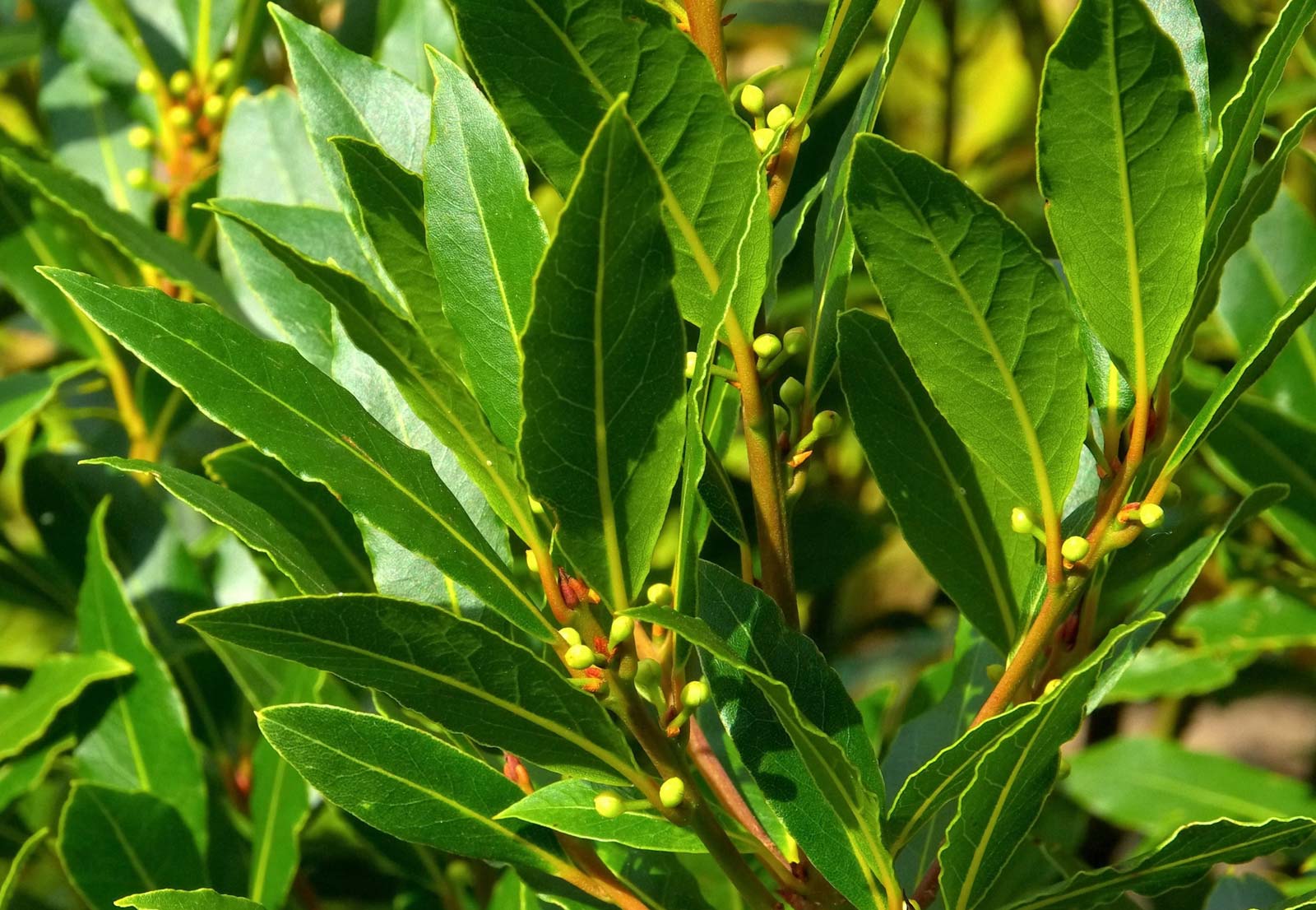
Laurel bay plant in the UK garden
Bay laurel (Laurus nobilis) is a popular plant in the UK, known for its aromatic leaves that are often used in cooking. Here are some tips for growing a healthy and thriving bay laurel plant in your UK garden:
- Choose the Right Location: Bay laurel prefers a sheltered spot in your garden with full sun or partial shade. It is important to protect the plant from strong winds, as this can damage the leaves.
- Plant in Well-Draining Soil: Bay laurel prefers well-draining soil that is slightly acidic. If your soil is heavy or clay-like, consider planting Bay laurel in a raised bed or container.
- Water Regularly: Bay laurel prefers to be kept moist but not waterlogged. Water deeply once a week, or more frequently during hot, dry weather.
- Prune Regularly: Regular pruning will help to keep your Bay laurel plant healthy and bushy. Prune back the tips of the branches regularly to encourage new growth.
- Protect from Frost: Bay laurel is a hardy plant, but it can still be damaged by severe frost. If you live in a cold climate, consider covering your Bay laurel plant with a frost cloth during the winter months.
- Harvest Leaves Regularly: Bay laurel leaves can be harvested throughout the year, but the best time is in late summer or early autumn. Use sharp scissors or pruning shears to cut the leaves, and be sure to leave some leaves on the plant to ensure that it continues to grow.
By following these tips, you can grow a healthy and thriving Bay laurel plant in your UK garden. Not only will it add to the beauty of your garden, but it will also provide you with delicious and aromatic leaves to use in your cooking.
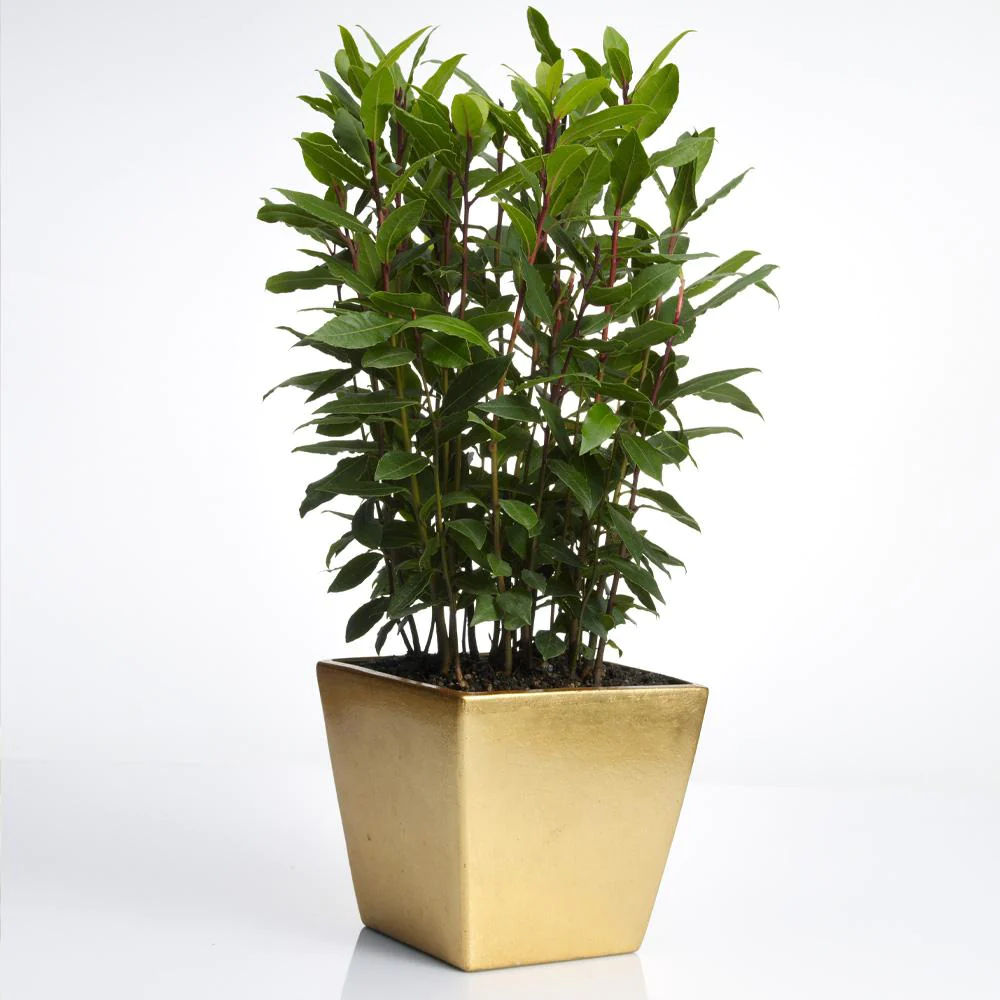
Laurel Bay plant in the kitchen
Bay laurel (Laurus nobilis) is a great plant to have in your kitchen. Its aromatic leaves can be used to add flavor to a wide range of dishes, and its compact size and attractive appearance make it an ideal choice for a kitchen windowsill or countertop.
Here are some reasons why bay laurel is perfect for a kitchen plant:
- Compact Size: Bay laurel is a small, slow-growing shrub that can be easily grown in a pot on a windowsill or countertop.
- Aromatic Leaves: The leaves of the bay laurel plant have a distinct, spicy fragrance that is often used to add flavor to soups, stews, and other dishes.
- Culinary Uses: Bay laurel leaves are a staple in many Mediterranean and Middle Eastern cuisines, and are commonly used to flavor meats, vegetables, and sauces.
- Low Maintenance: Bay laurel is a relatively low-maintenance plant that requires moderate watering and occasional pruning to keep it healthy.
- Attractive Appearance: The shiny, dark green leaves of the bay laurel plant are both attractive and functional, making it a great addition to any kitchen décor.
Overall, bay laurel is a versatile and attractive plant that is perfect for a kitchen setting. Whether you are using it to add flavor to your favorite dishes or simply enjoying its aromatic leaves, bay laurel is sure to be a welcome addition to your kitchen.

something interesting about laurel bay
Bay laurel (Laurus nobilis) has a rich history and many interesting uses beyond its culinary applications. Here are some interesting facts about bay laurel:
- Ancient Greeks and Romans considered bay laurel to be a symbol of wisdom, and used it to make wreaths to crown victorious athletes, scholars, and military heroes.
- In ancient times, bay laurel was also used as a medicinal plant. It was believed to have a range of health benefits, including promoting digestion, easing respiratory problems, and even preventing baldness.
- The essential oil of bay laurel is still used in aromatherapy and traditional medicine today. It is believed to have antiseptic, antifungal, and anti-inflammatory properties.
- Bay laurel is also used in traditional crafts such as soap-making and candle-making, due to its pleasant fragrance and versatile nature.
- Bay laurel trees can live for centuries, with some specimens in the Mediterranean region estimated to be over 2,000 years old.
- In addition to its culinary uses, bay laurel leaves are also used in some cultures as a natural insect repellent. They can be dried and placed in cupboards or drawers to deter moths and other pests.
Overall, bay laurel is a versatile and fascinating plant with a rich history and many interesting uses beyond its well-known culinary applications.
